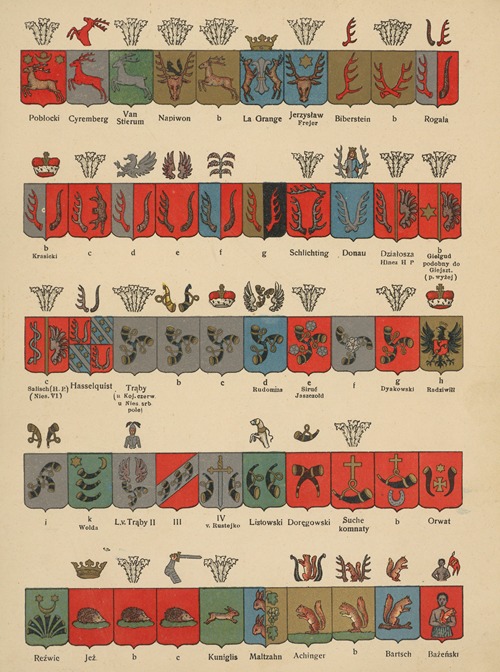
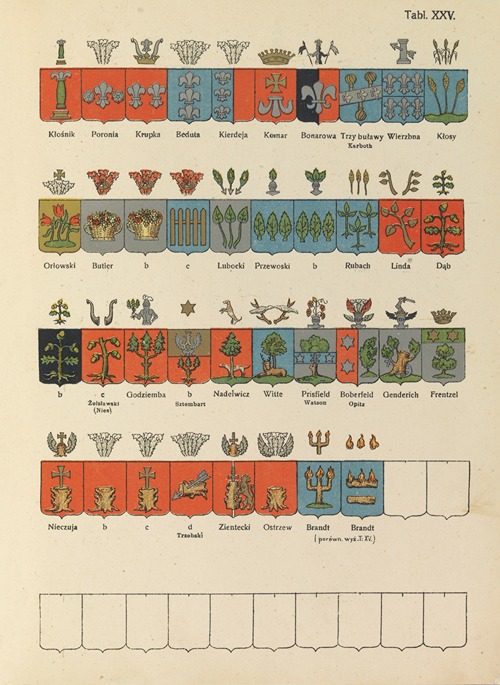
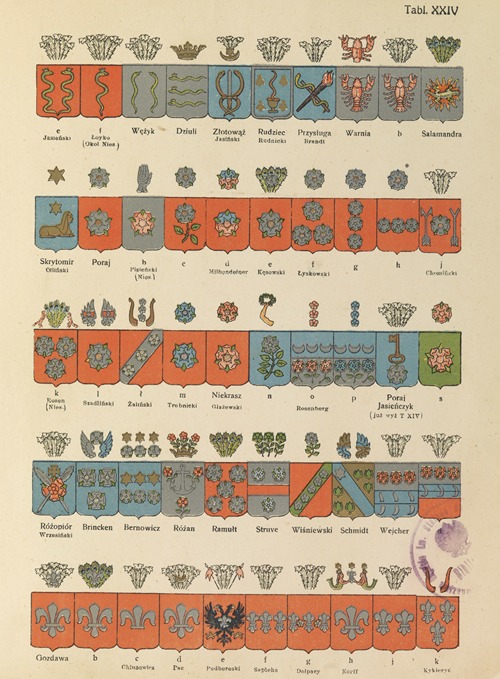
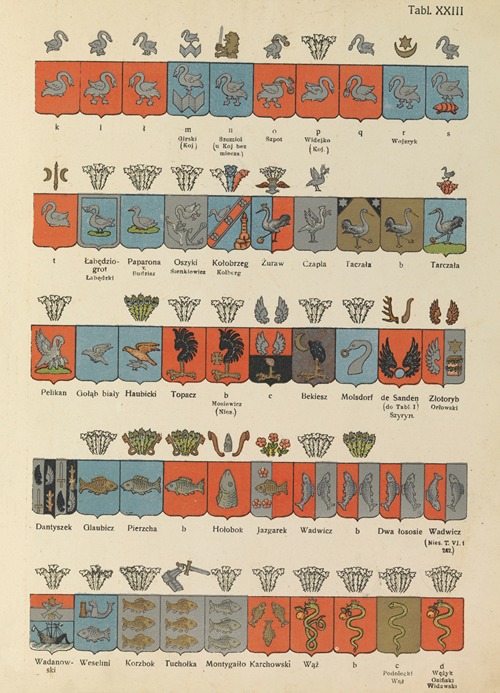
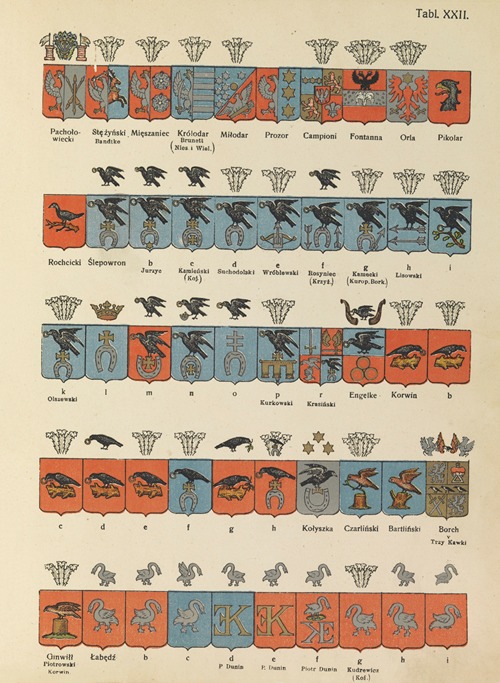
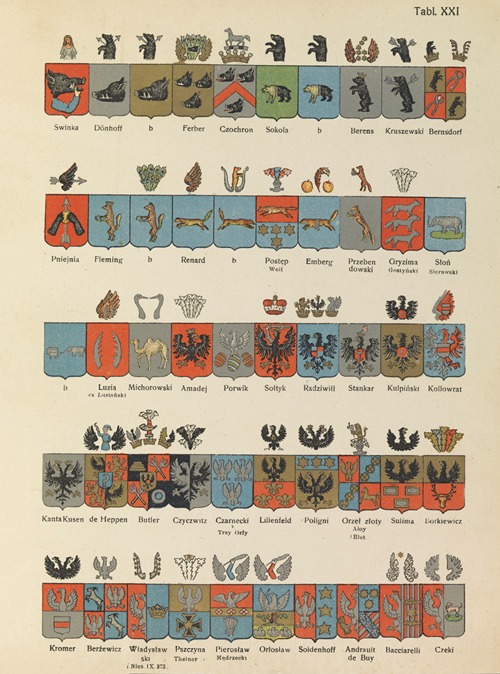
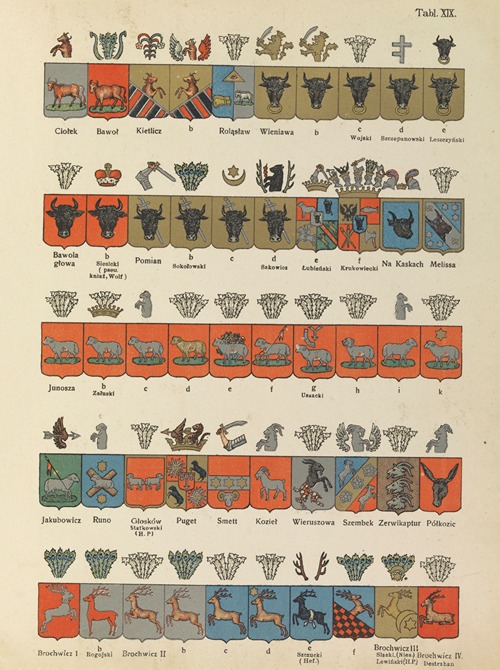

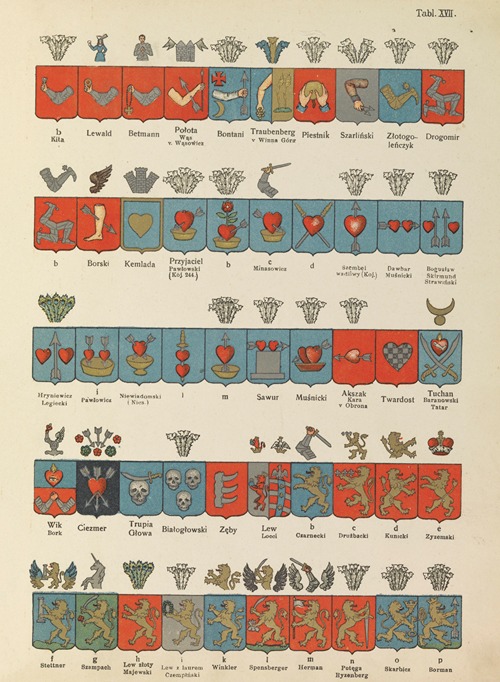
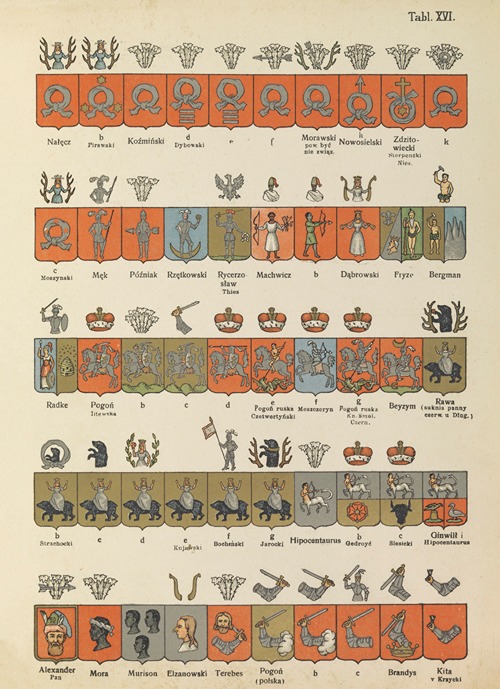
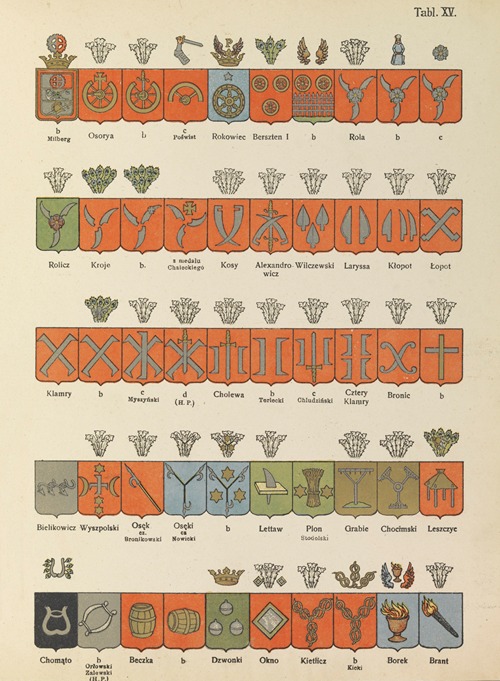
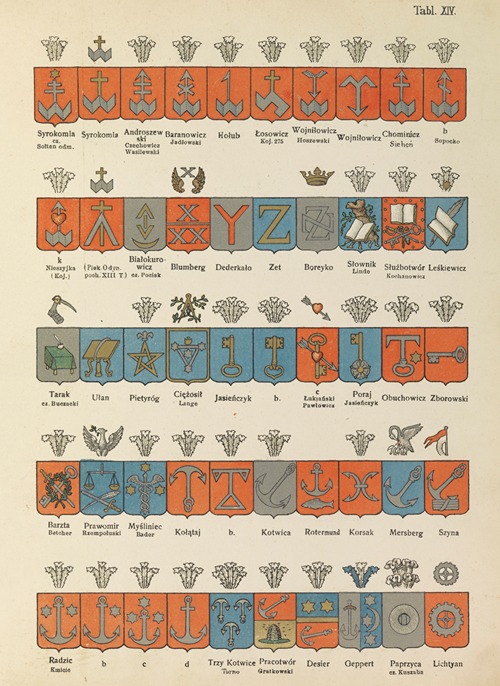
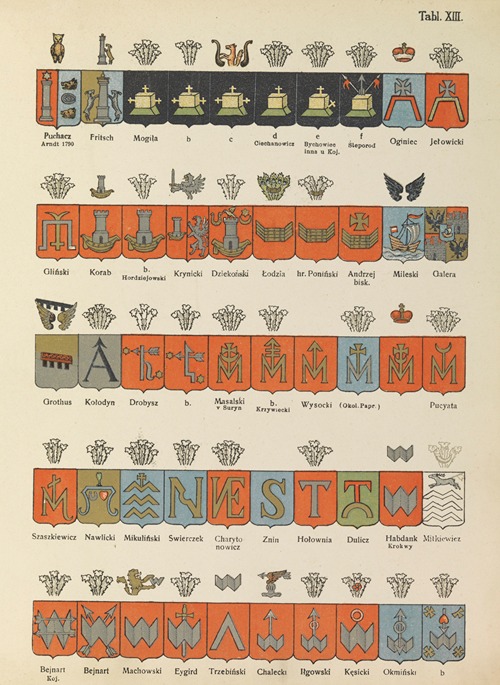
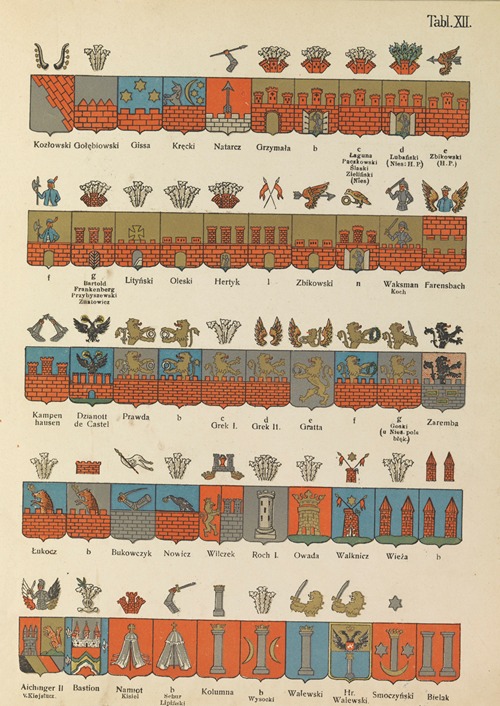


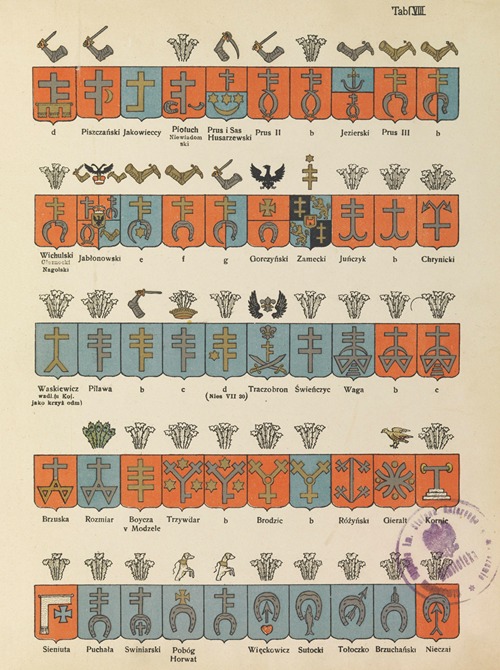
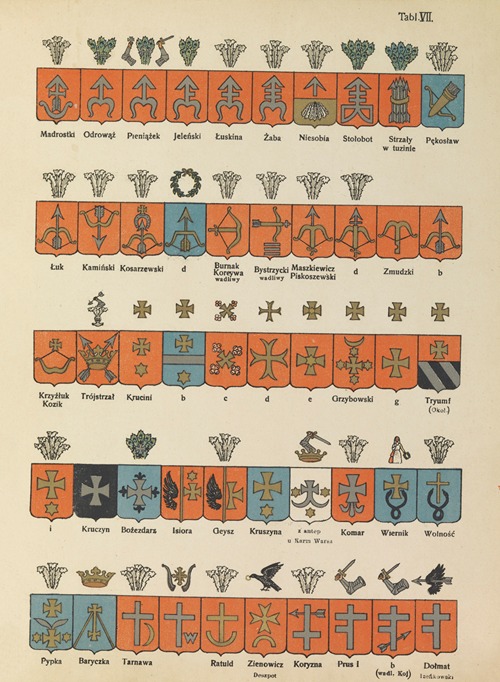
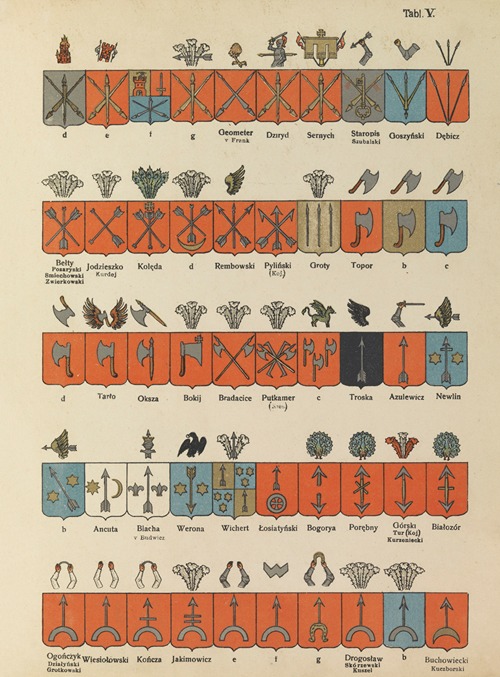
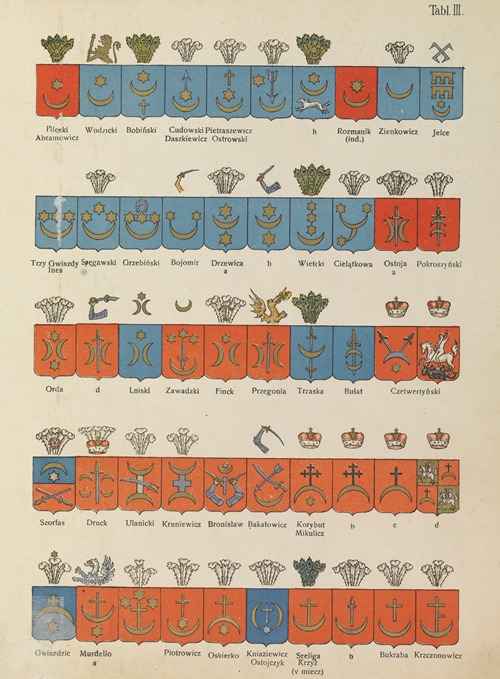
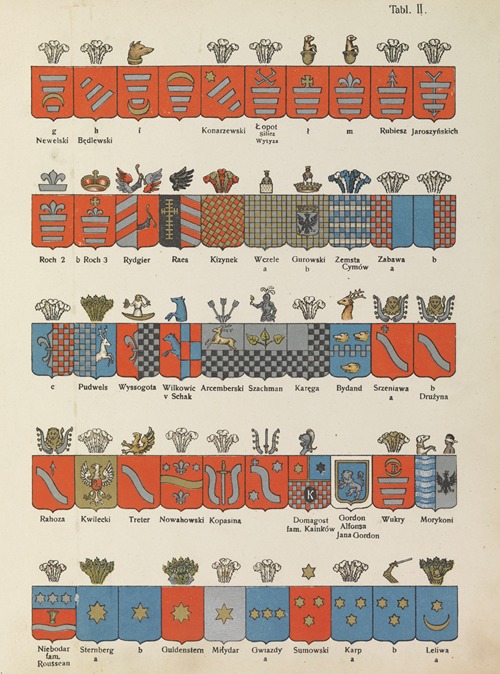
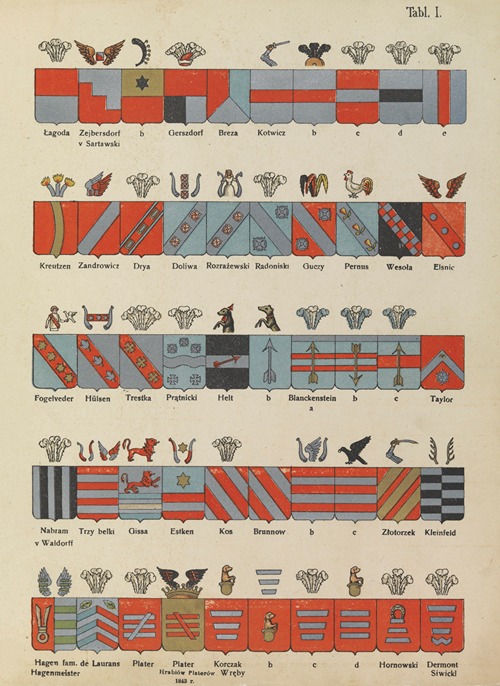
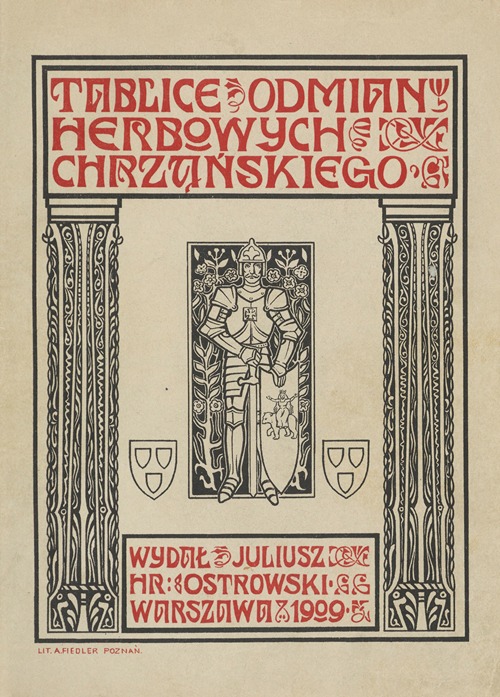
Teodor Chrząński was a Polish painter and heraldist.
Teodor Chrząński was born on October 23, 1821, in Warsaw, the son of Józef Benedykt and Maria Klara née Hantusz. His father held the position of judge of the Court of Appeal of the Kingdom of Poland and president of the commercial court of the Mazovia Province. Nothing is known about his education; he most likely acquired his painting skills on his own.
From 1843, Chrząński worked as a draftsman in the technical department of Heroldia. He received several awards for his work on coats of arms, including for designing noble diplomas and for creating a decorative diploma for the Prince of Oldenburg on the occasion of his accession to the tsarist throne. In 1848, however, as a result of the liquidation of Heroldia, he lost this job and took up the duties of a draftsman in the office of the General Assembly of Warsaw Departments of the Governing Senate. During this service, in 1851, he was appointed to a delegation sent by the Administrative Council of the Kingdom to inventory monuments in the Kingdom. The delegation was headed by Kazimierz Stronczyński. From this period, Chrząński's artistically high-quality views have been preserved. Some of them are in the Print Room of the University of Warsaw, and some are in the possession of Stronczyński's heirs. After the restoration of the Heraldry Office, Chrząński found employment there again, performing the same work. In 1860, he was appointed collegiate secretary, but Heroldia was closed again a year later, and Chrząński was once more forced to change jobs, taking up employment in the office of the Royal Council of State, and then in the Government Commission of Revenue and Treasury. He worked in various offices subordinate to the Commission until 1868, when he retired. He died in Warsaw on February 16, 1887.
While working at the Heraldry Office, Chrząński made notes containing descriptions of Polish coats of arms from different eras and tables covering both old coats of arms with their variations and newer ones from ennoblement or indigenate. These materials, arranged in tables according to heraldic emblems, were published in 1909 on the basis of manuscripts by Juliusz Karol Ostrowski, under the title Tablice odmian herbowych (Tables of Coat of Arms Variations). The tables are still used today by contemporary heraldists as a bibliographic reference.






















